Love among the Damned: On Romance in the Inverted Spire
Hello dear readers! Allow me to introduce you to our first Valentine’s Day themed dev log—because what better excuse to explore how romance works in future chapters of The Inverted Spire?
We’ve touched on this topic before (here and here). But now that writing progress is catching up with our vision, I’m excited to say that I can finally give you a real look behind the curtain~
This dev log will be taking a closer look at our influences, what we are hoping to achieve with our depiction of character relationships, and how we’ve built our game around it, step by careful step:
P.S. If you just want to know the mechanics, you have my permission to skip straight to Part III ; )

Part I: Influences

The first time I encountered a game where I felt like I was playing a role in a lifelike character relationship dynamic was an "AI indie PC game" called Façade.
By that point in in the mid-2000s, I already had a passing familiarity with retro visual novels, JRPGs and interactive fiction games that could run on an outdated public library computer.
Picture a plastic, greyish-yellow box with floppy disk drives and blinking lights. There is one massive, circular button that causes the whole thing to roar to life like it's about to take off into outer space.
Before you are punchy black letters on an oversized mechanical keyboard. A cube-shaped monitor hums as it takes you through a five minute memory check. The modem status: Dialing.
You hear an ungodly screech. And another several minutes later, you're finally ready to open Netscape.
Feeling nostalgic yet?
Believe me, the set dressing is important. Because your old friend Trip is about to leave you a voice message on your hypothetical home phone. He's inviting you to visit him and Grace at their stylish city apartment, equipped with a personal bar and all.
He "can't wait to see ya."
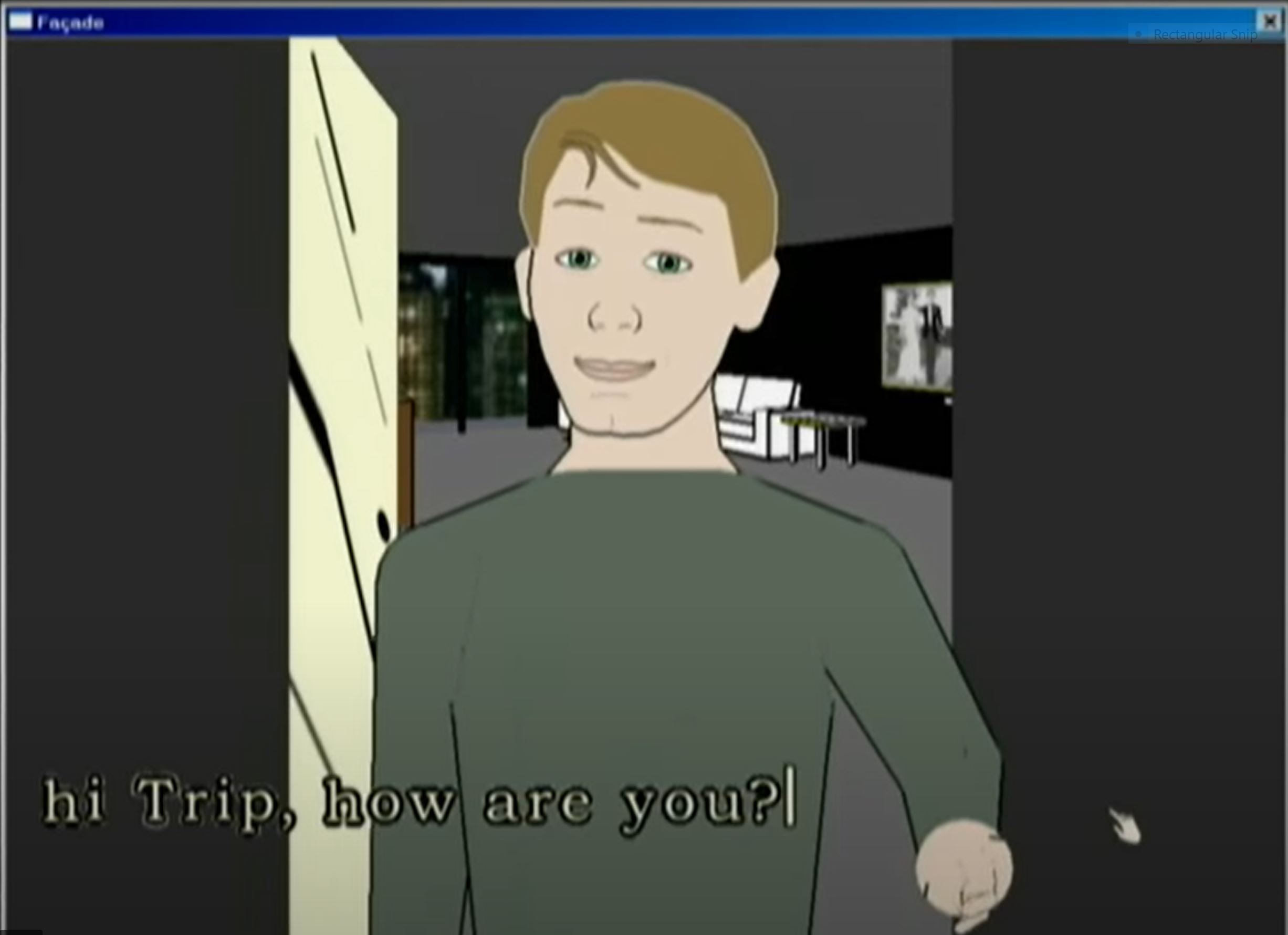
As you step foot in this alien world of white American yuppies (that's "young upwardly-mobile urban professional", for those not in the know) you're invited to type out your responses, word by word. With the help of a surprisingly understanding parser, the young couple maintains a real-time conversation with you as best as they can.
You spend the rest of the evening realizing that their relationship is on the brink of collapse. Unfortunately, your interference is about to become the determining factor in how this tangled mess unfolds.
Good luck~
While I'll be the first to admit that this premise isn't my cup of tea, I found the mechanics of this game wildly fascinating.
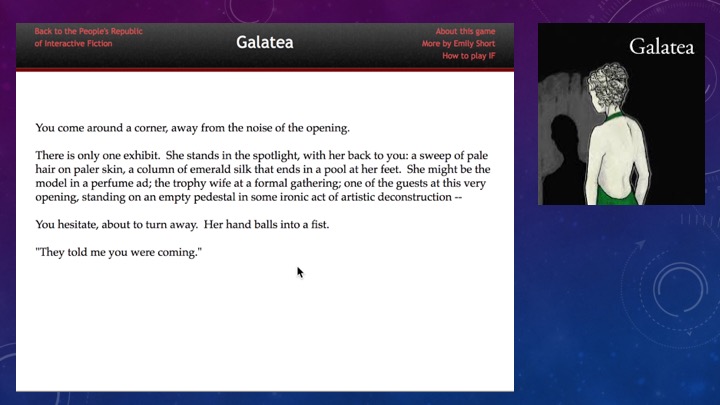
A slide from Emily Short's talk on Metamorphic Texts.
It was around this time that I encountered Emily Short's Galatea.
Short herself has written extensively about Galatea. Often cited as a game that revolutionized the genre, its impact on narrative design has been thoroughly explored by other influential writers in the field. So rather than attempt my own take, I'll simply add myself to the list of voices praising her innovations.
I would even be inspired to attempt my own ill-fated, narrative-driven chatterbots in a variety of outdated programming languages (sorry world).
But the trouble with these games is that I was spellbound by how they worked.
Their content was secondary.
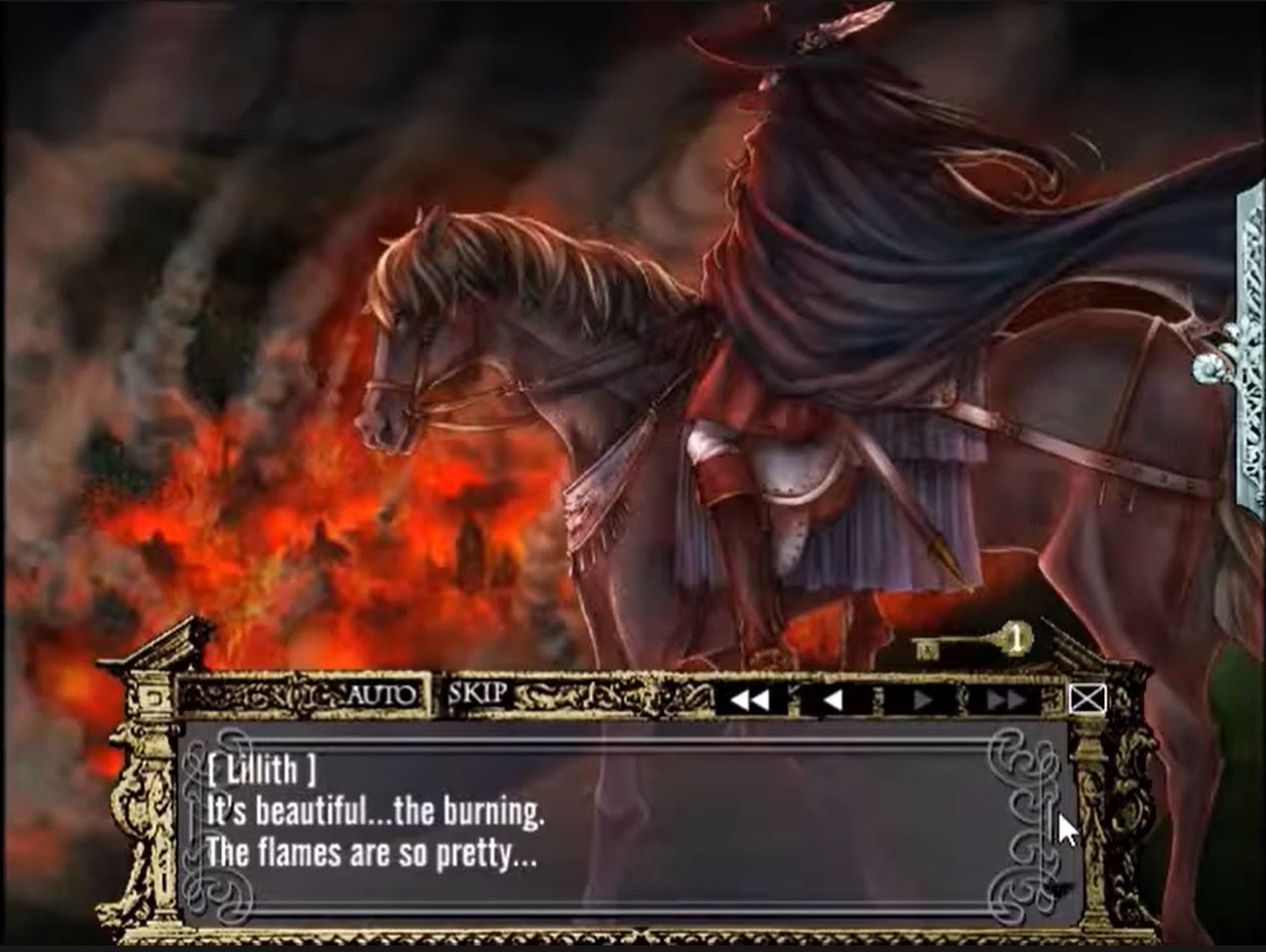
When it came to themes and characters, I was far more attracted to what I found in games like Animamundi - Dark Alchemist or Rule of Rose (once I had access to the hardware to retroactively find and play them).
Their emotional impact was deeper than anything I had been taught a game could offer. These were the kind of stories that grabbed on and held you deep into the night.
But they were also stories where the writer's vision reigned supreme.
The poor, stumbling player could only make choices that were either right or wrong.
An especially wrong choice could grind the story to an abrupt, unsatisfying end. Others simply had little consequence, or impacted the game in ways that were frustratingly obscure.

Although they didn't offer nearly as much in the way of player agency, I still found myself coming back to catch new details I'd missed the first time—over and over again.
I wanted what felt like the best of both worlds.
I just didn't know how to make it!

Part II: What we wanted (and didn't want)

Making a full list of my game-related influences (let alone that of our three-person team) would probably be a log onto itself. But when I began working on the project as a would-be solo dev, I did have a vision for the future of the The Inverted Spire that we proceeded to sharpen together, with the added help of our beta testers.
As a result, I learned I wanted the following:
1—Characters who felt more like living entities than desirable objects to be obtained.
One of my longtime frustrations with a certain type of dating sim (and RPGs that employ similar mechanics), is that I felt like I was collecting the characters.
The right gift. A well-placed compliment. And they were suddenly either stripping their clothes off, or professing eternal love and loyalty.
Sometimes a little of both!

You think your unopened first editions are impressive? Wait until you see my collection of hot fantasy boyfriends~ (photo by Erik Mclean)
They became a CG in an image gallery. A power-up or a stat boost in a fight. One of several to acquire in a virtual harem of optional proportions.
I could respect that this was fantasy-fulfillment for someone else (all power to them and those who make the games, you do great work!)—but it didn't work for me.
I wanted the virtual space to fulfill its potential as a safe place to explore the full complexity of human relationships, thorns and all. I wanted the characters to have their own needs, desires, and plans of action that were independent of the player.
There are already games out there that have accomplished this in their own way, and I wanted to make one of them.
2—Relationship-building as a crucial part of the journey.
In many games, character relationships are framed as side quests. They happen between session of actual gameplay, both as rewards and as downtime between periods of action. The more actions (quests) we undertake on behalf of the characters, the more points we acquire in their favour.
Our logic does not depart far from that of a knight engaging in courtly love.
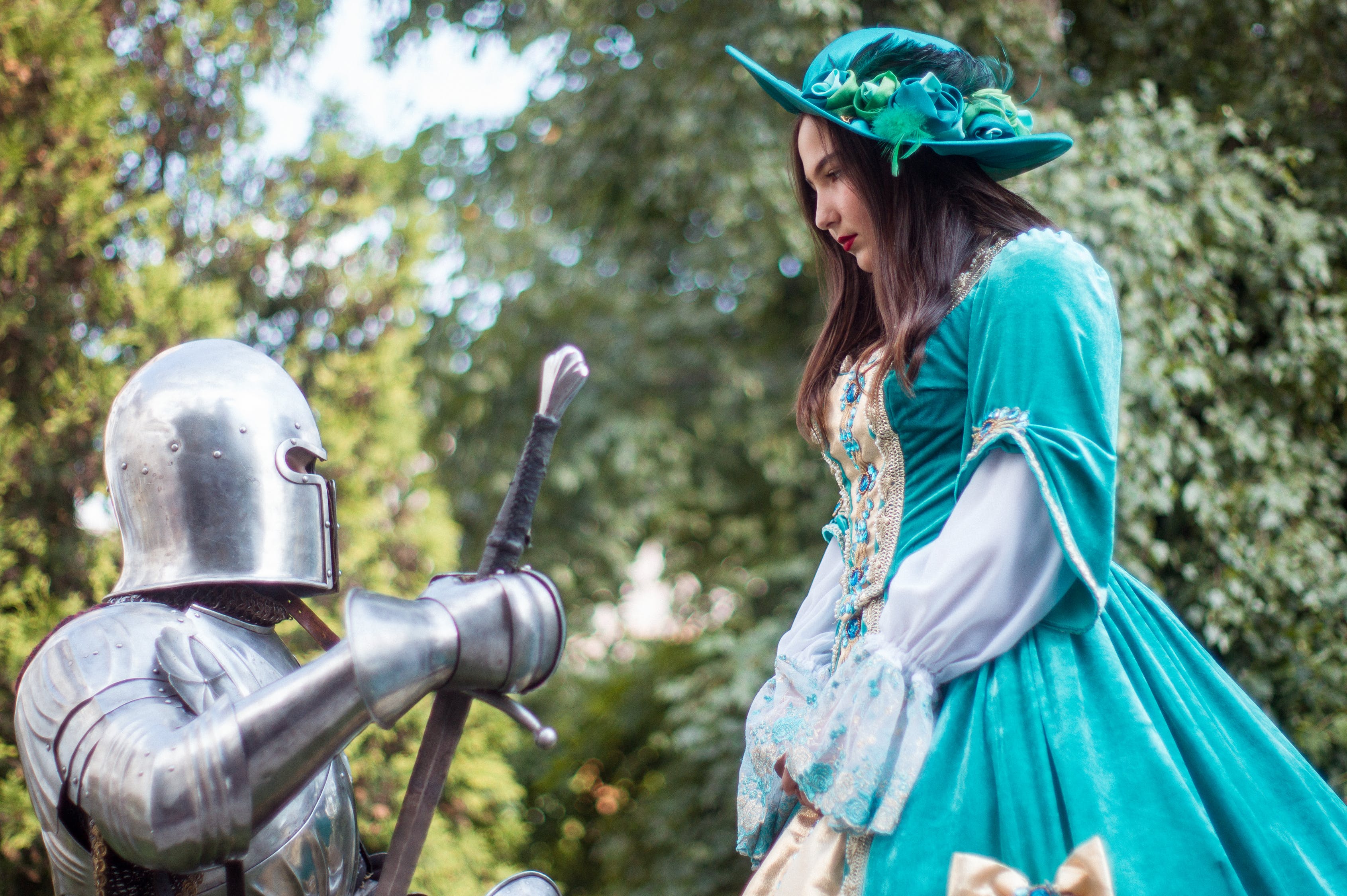
"So uh—if I do this final side quest, we're officially BFFs, right?"
(photo by Berendey Ivanov)
Sometimes our princess is in a high tower. Sometimes that princess fights alongside us. The princess may be a towering mountain of a man with a chiseled jaw, or an agender forest spirit. But the concept remains the same.
Interaction with the princess is not, in itself, the main game. As far as the mechanics are concerned, their love is simply one of the prizes we are here to win.
But what happens when interaction is the game?
This is the fundamental question posed by many visual novels, interactive fictions, and even sophisticated chatterbots.
I wanted to answer this question by making character development, game mechanics, and story progression fully interdependent, to the point of being virtually indistinguishable from one another.
3—A diverse understanding of what relationships look and feel like.
Building on 1 and 2, I wanted to explore character relationships beyond a linear two-way progression that looks something like:
enemy/rival <—> neutral <—> friend <—> lover
(With a very rigid, traditional understanding of what each of those terms actually means)

"Hey, do you remember when our relationship bar hit the love stage?"
(photo by Ketut Subiyanto)
Representing these connections as a dubiously linear, stage-based progression from points A to B seems to do a poor job of reflecting how I experience human relationships in real life.
Of course, this is not to say that these categories couldn't be loosely applied. As some of you may remember from previous dev logs, I have even used them to describe different layers of our character relationships.
But "loosely" is the key word here—because I certainly didn't want them to operate like an experience bar, progressing from one relationship level to the next!
Instead I wanted something that was both simple enough to implement with my own comparably limited resources, and flexible enough to handle a much more complex simulation of what relationships can be. A constellation that could accommodate different forms of intimacy, asexuality, polyamory, and many things in between.
4—Character development as a collaborative effort between the writer and the player.
The moment a story has a reader, or a game has a player, the original creator is no longer the sole storyteller. Even in a completely static story, with no choices or interactions, the one who perceives it filters that story through their own experiences.
They will never see or hear it exactly the same way as the one who made it—and that's kind of the point.
But I like games that take that one step further!
Games where the protagonist themselves changes over time as a result of the player's actions, and other characters are likewise swept up in the longterm impact of their choices.
The writer's role in this kind of story can no longer be prescriptive. They have to be agile, like a skilled DM in a tabletop roleplay campaign, rolling with the unanticipated decisions of their party.
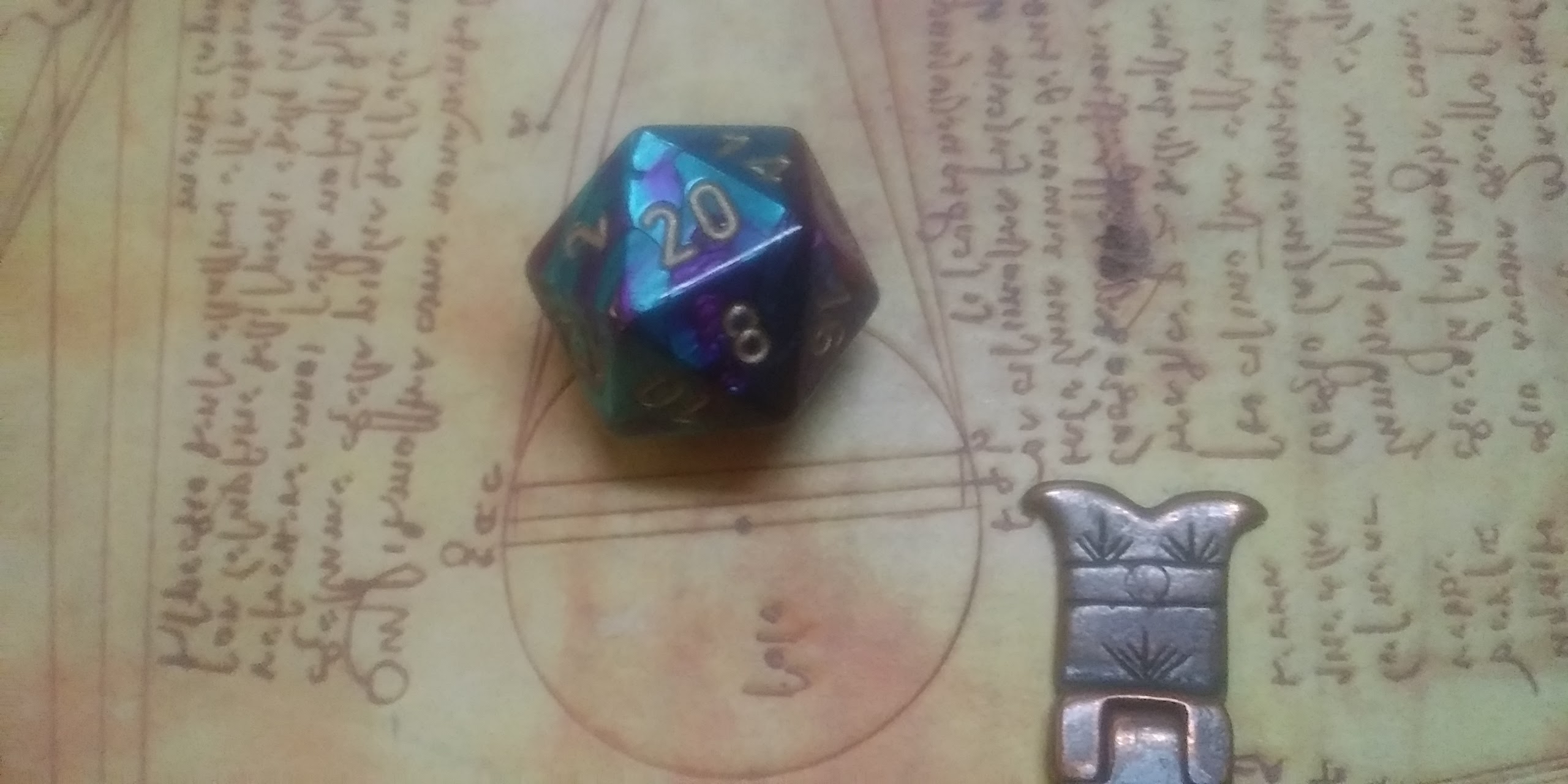
"The eldritch horror quivers shyly at your lecherous advances..."
They aren't here to teach moral lessons. Nor are they here to give answers or make fundamental statements about the truth. Of course, that doesn't mean they don't have a moral compass of their own (that's inevitable) but it does mean they're crafting a context for the player to engage in, as much as an experience to consume.
I wanted to create an experience that gave the player a feeling of agency. Limited (as it always must be) but nonetheless present and consistent.

Part III: How we made it work

The structure of relationship progression in The Inverted Spire has been finalized such that each time the player makes a choice, some combination of the following occurs:
1—Character trust bars fluctuate.
The onscreen 'trust bars' situated directly above each character portrait are constantly on the move. They are not necessarily a reflection of a character's longterm opinion of the protagonist, but rather of their confidence in you at that very moment.
Just as a good friend may hold a temporary grudge, or your vicious rival may occasionally respect you, they are not the final say on how a character feels about you.
While the trust bars scores do have the most significant impact on how characters react to you in the first chapter (due to lack of additional information about you) their impact is lessened once your relationships are more established.
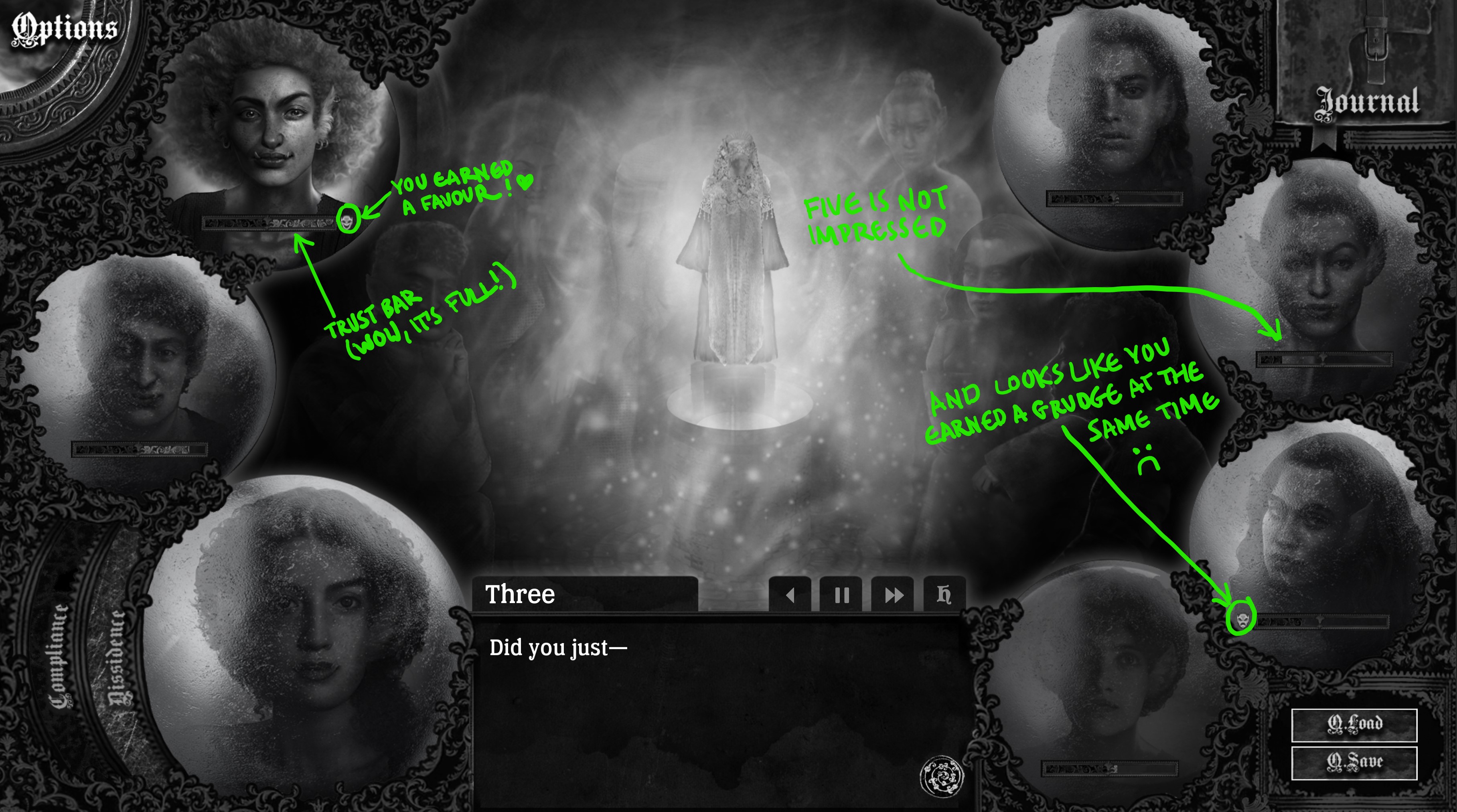
You may notice that certain actions will cause a tragic or comic theatre mask to appear above the trust bar. These represent grudges or favours, which act as a temporary status effect. Grudges decrease the impact of actions the character might otherwise like, and increase the impact of those they dislike. Favours have the reverse effect.
A grudge can be dispelled either by specific actions particular to the character, or by gaining enough trust over time. Similarly, a favour will dissipate if you either do something that especially hurts that particular character, or lose enough trust over time.
2—Character event flags are set.
Your fellow goblins tend to have a good memory for significant events on your journey. They may care enough to bring them up to you. Sometimes they'll use those memories to defend you, or humiliate you. Other times, they'll just ask questions to better understand why you made the choices you did.
The protagonist is a fully-formed character in their own right, and will also recall significant memories when they are relevant to a situation. Sometimes this means recalling important information about other goblins that changes the options you have in interacting with them. Other times, it just provides insight into their behaviour that you wouldn't have otherwise.
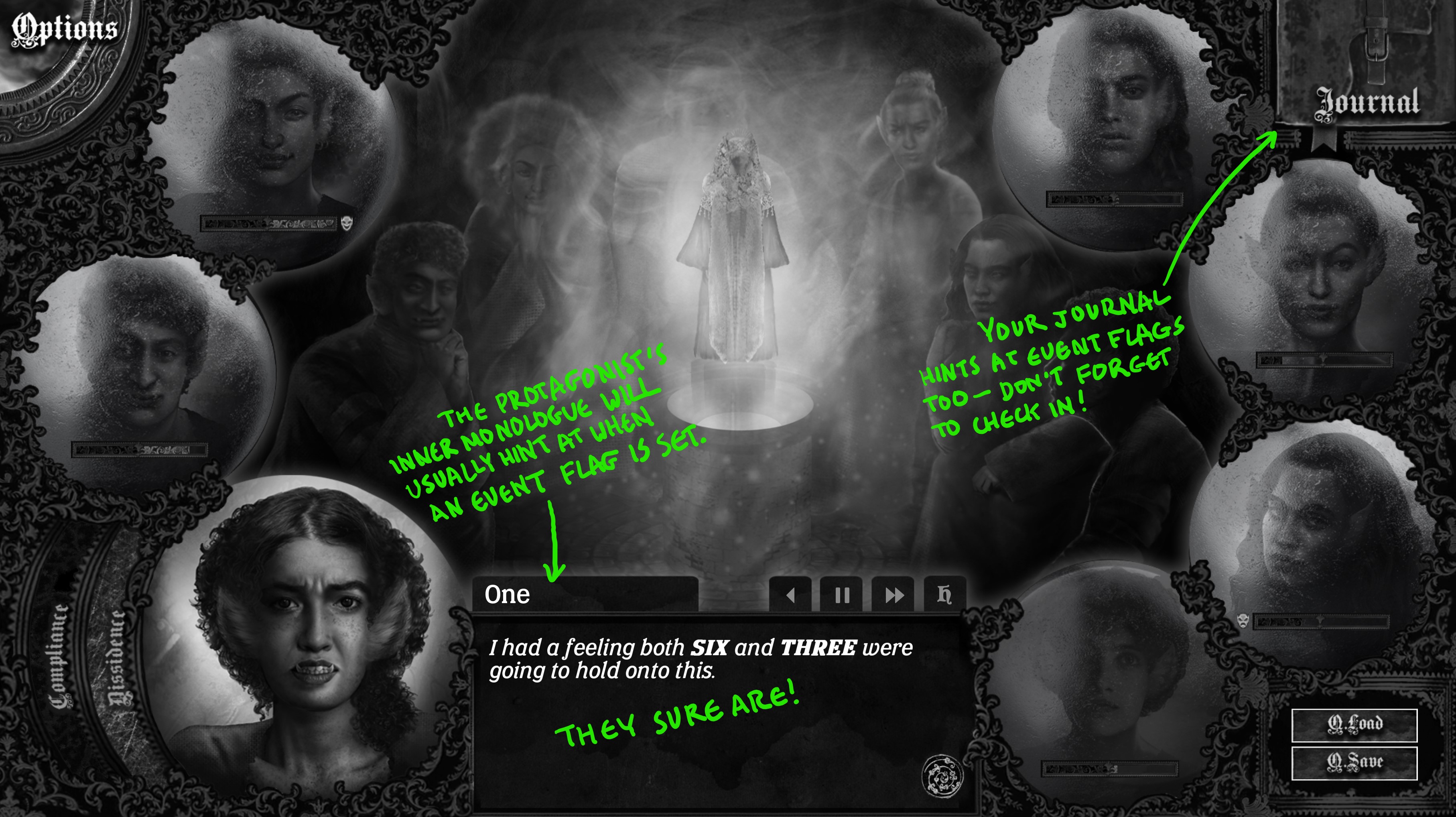
In later chapters, event flags gradually gain more weight in your interactions with the rest of the Expedition. Their significance can outweigh more transient measures like trust bar scores, but doesn't overrule them entirely.
2—The protagonist's compliance and dissidence bars fluctuate.
The compliance and dissidence bars reflect the protagonist's attitude towards New Order's stated values (which are different from the corruption and other systemic issues that plague New Order in practice).
Compliance is raised by:
- Putting the needs of others before yourself.
- Emphasizing teamwork and getting along.
- Respecting elected (or even self-elected) authority.
- Getting your way through indirect, socially acceptable means .
Dissidence is raised by:
- Putting individual freedom before collective good.
- Supporting independent thinking and action in others.
- Openly challenging authority and commonly accepted narratives about reality.
- Being very direct in asserting your needs, desires and opinions.
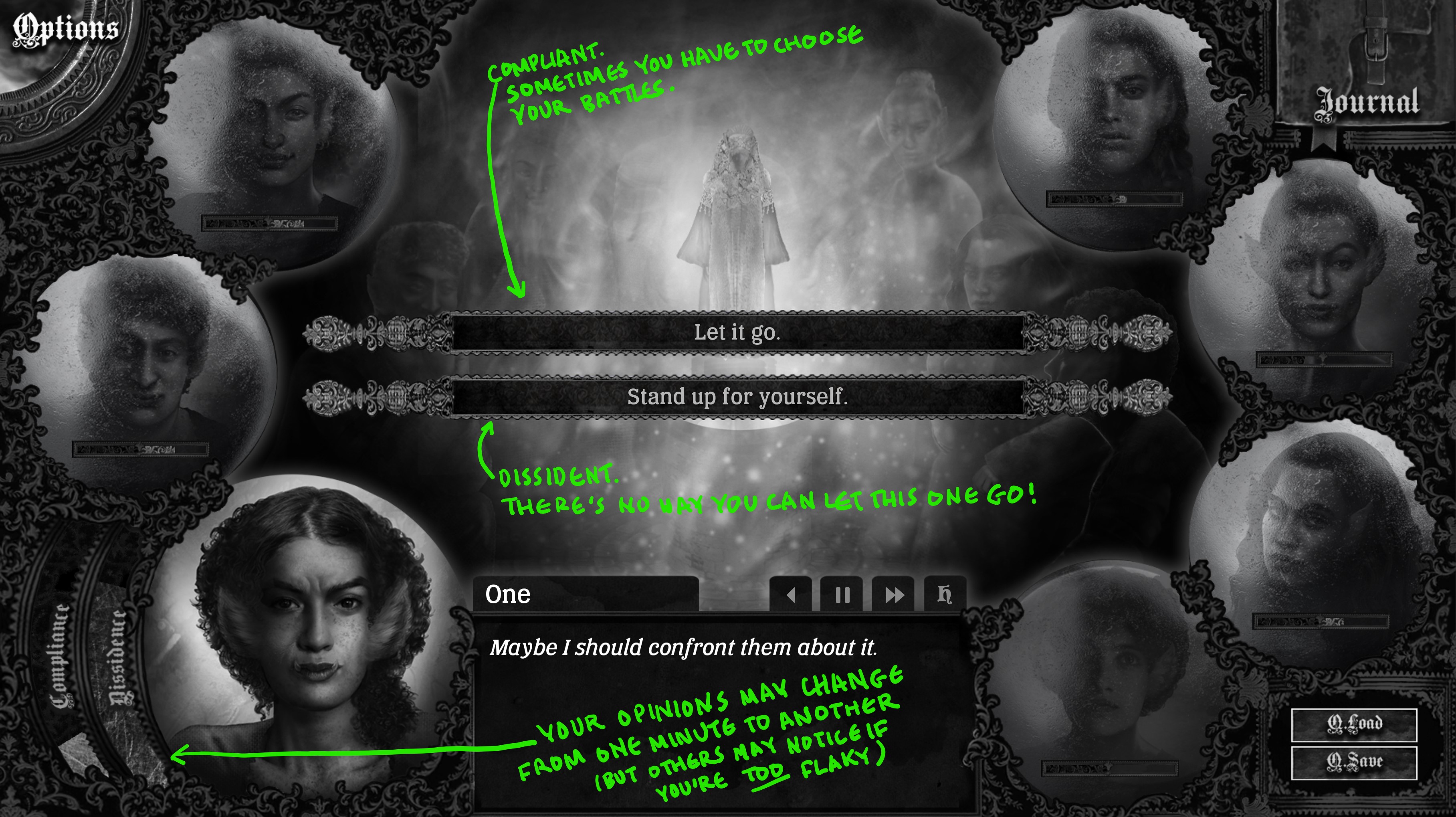
Your compliance and dissidence scores, or else how they compare at any given time, can effect how certain choices play out, depending on their interaction with the factors above. It is entirely possible to maintain a roughly equal balance of the two.
Great, but what does that mean for relationships?
The interaction of all of the above with your choices can give you access to gated scenes and interaction options with certain characters.
Ideally, this happens in an organic way, where you, the player, don't feel like you have to crunch the numbers to get specific results, but instead feel as though those results are the natural outcome of your choices.
This is one of many reasons why our beta testers are such a huge help! Actual human interaction makes all the difference in figuring out how to balance the numbers with effective narrative design.
But no matter how complicated the skeleton of these interactions may seem on our side, when it comes to our players, we aim to make all these intersecting properties appear natural and intuitive, like the factors involved in a real life conversation.
(You've been training for this your whole life!)
So let's say you've entered a gated scene~
Congratulations!
You're about to share a significant experience with the characters involved.
This is what all relationships in The Inverted Spire are truly built on: Significant experiences, and the intimacy gained in sharing them.
That intimacy can then take different forms.
Sex, romantic affection, acts of friendship—these are all just different forms of intimacy that can exist separately, or layer upon each other.
In the context of the Inverted Spire, they function as event flags in their own right. This means they are not discrete paths through the game, but rather keys that unlock certain lines of dialogue at the right moment, or open the door to certain scenes at the right juncture in the story.
This is also what makes it possible for intersections like asexual romance or polyamory to exist and compliment the main storyline without causing the potential paths to increase exponentially, and become unmanageable. It is even possible to go through The Inverted Spire without experiencing any sexual or romantic interactions with other characters at all!
But it is not possible to go through it without building relationships, forming connections, and establishing some form of intimacy with at least a few of your fellow goblins—because that's the core mechanic at the heart of the game itself. <3

Thank you, dear readers, for joining us on this deep dive into the inner workings of romance in The Inverted Spire.
If you're wondering about our progress, I'm excited to report that since our last log, we have:
- New music (character themes!)
- New codex entries (and even codex illustrations!)
- Menu redesigns in progress.
- Many newly-written (and even staged) scenes for later chapters.
- A trailer storyboard that's just short of its conclusion~
We are still hesitant to announce any future release dates until we are absolutely certain of our ability to meet them, but internally, our production schedule is in perpetual motion. Keeping those release dates flexible in the meantime allows us to work in a relatively stress-free way, without compromising our health and risking severe burnout (unfortunately a common refrain for creators everywhere).
We have also applied for grants to help us fund access to software and resources that help us make this project. Since we are presently working out-of-pocket during our spare time, every little bit helps!
Do you have opinions on romance in games, questions about romance in The Inverted Spire, or suggestions for new dev log topics in future? Please don't hesitate to let us know in the comments below <3
We'll be seeing you again very soon~
Get The Inverted Spire
The Inverted Spire
Goblin mages dungeoncrawl to redemption.
| Status | In development |
| Authors | N. A. Melamed, feardeer, Mickey Hoz |
| Genre | Visual Novel, Interactive Fiction |
| Tags | Amare, Dark Fantasy, Dystopian, Horror, LGBT, Meaningful Choices, Mystery, Romance, Story Rich |
| Languages | English |
| Accessibility | Color-blind friendly, High-contrast |
More posts
- Progress, Deep Lore and Significant DetoursJul 14, 2023
- Game Updates and the Shadow of WarMar 15, 2022
- Goblin Fashion and Sexy Drug Gloves: On Clothing as Worldbuilding in The Inverte...Jan 19, 2022
- 2022, Here we come~Dec 31, 2021
- New Release available for download!Dec 01, 2021
- On What We're Learning from Working with our Beta ReadersOct 15, 2021
- On Painting Facial Expressions and a New Team Member!Oct 04, 2021
- On Worldbuilding and Ursula K. Le GuinSep 16, 2021
- Visual Novels as Theatre & Other Storytelling InspirationsAug 31, 2021
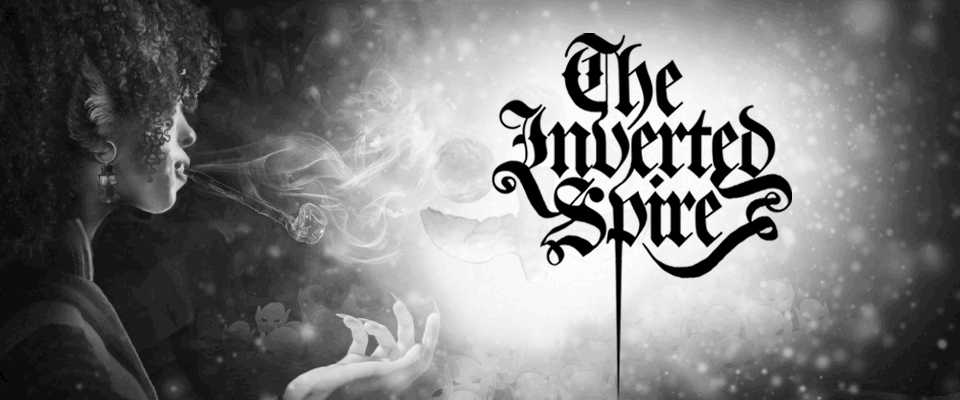
Leave a comment
Log in with itch.io to leave a comment.